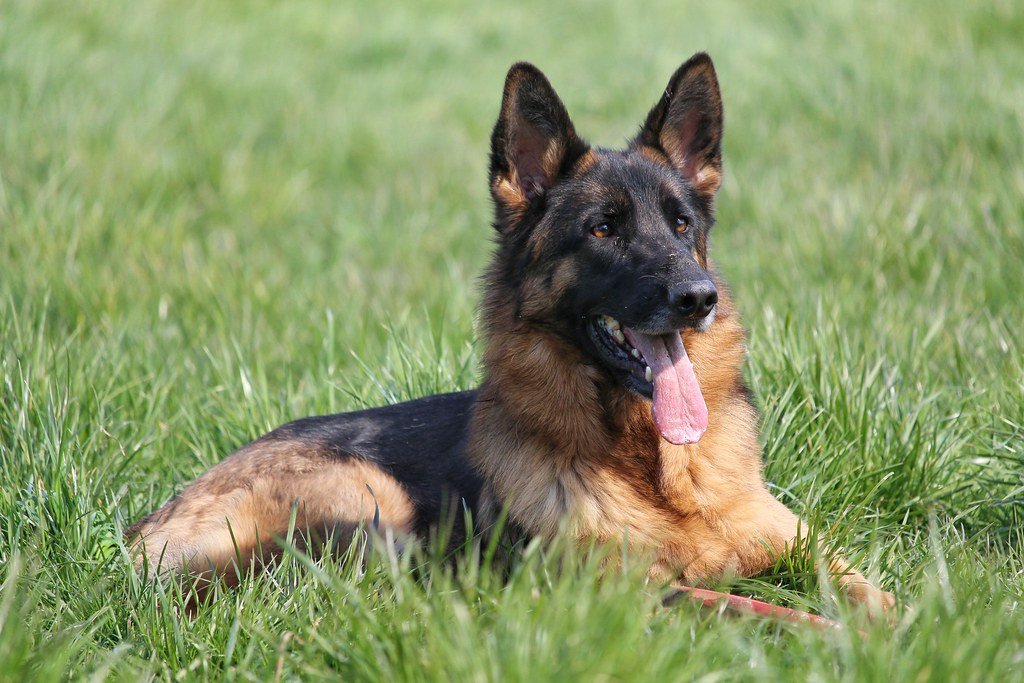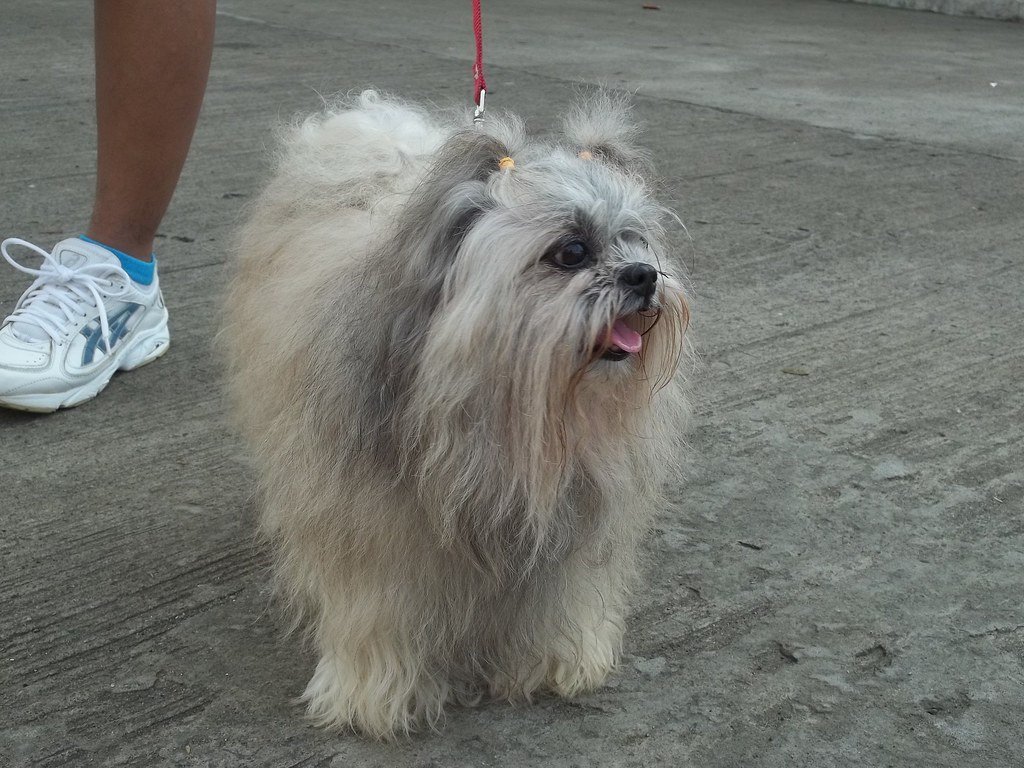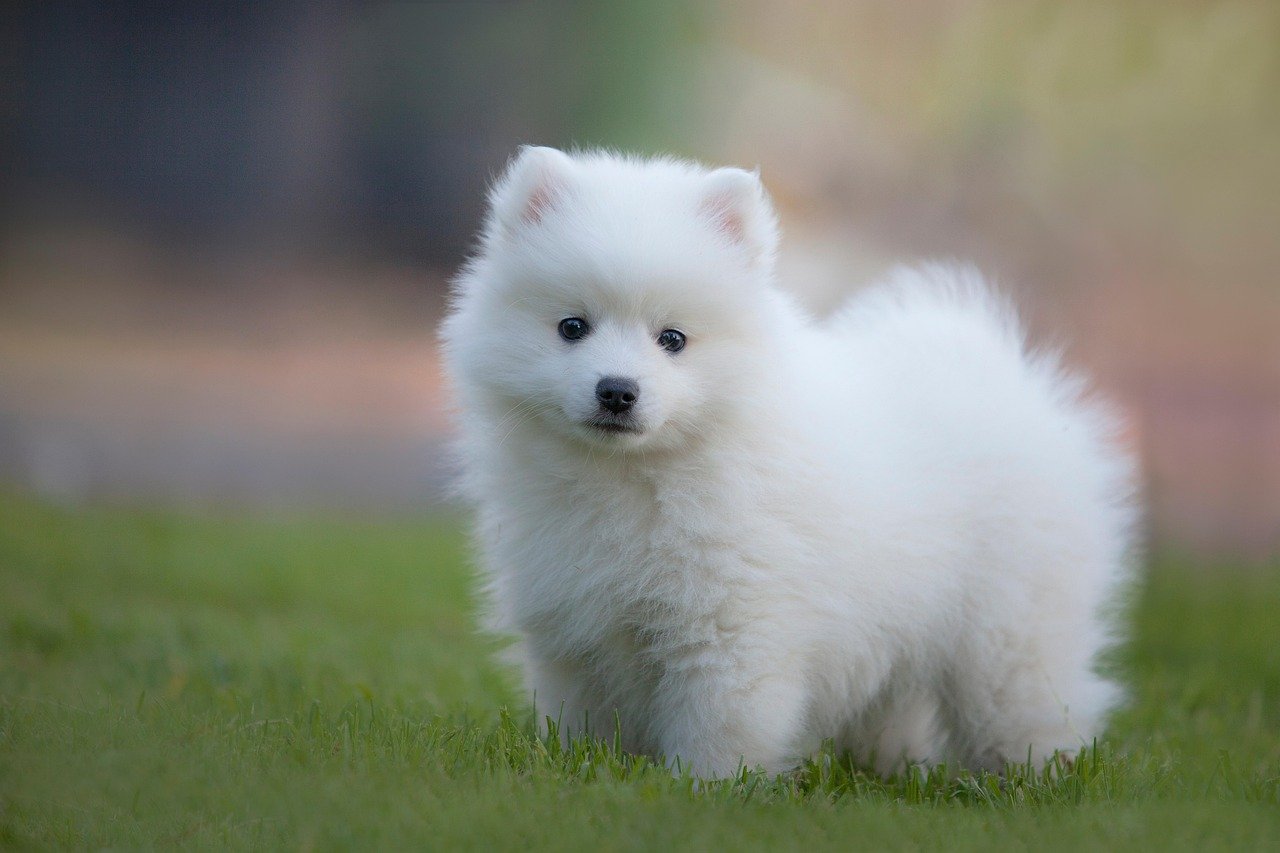When it comes to bringing a furry companion into your home, behavior matters just as much as those adorable puppy dog eyes. Some dogs naturally excel at following commands and maintaining their composure, while others seem determined to test every boundary you set. Understanding breed tendencies can help you make an informed choice about which four-legged friend will best fit your lifestyle and patience level. Let’s dive into the fascinating world of canine behavior and discover which breeds earn gold stars for good conduct and which ones might have you reaching for that dog training manual a bit more often.
The Korean Jindo Dog: The Ultimate Well-Behaved Companion

Surprising many dog enthusiasts, the Korean Jindo Dog takes the top spot with an impressive positive behavior rating of 75.86%. These remarkable dogs hail from the South Korean island of Jindo, where centuries of harsh island living shaped their exceptional character.
Their challenging environment drove them to become energetic, watchful, alert, fearless, loyal, and obedient, with their keen companionship ensuring positive behavior reports in more than three-quarters of social media posts. While they may be somewhat reserved with strangers, their unwavering loyalty and natural obedience make them truly exceptional companions for dedicated owners.
Labrador Retrievers: America’s Sweetheart for Good Reason

The sweet-faced, lovable Labrador Retriever is America’s most popular dog breed, known for being friendly, outgoing, and high-spirited companions. Their exceptional behavior stems from their original purpose as working dogs alongside fishermen. Labrador retrievers rank among the best behaved breeds with high percentages of dogs showing excellent behavior and strong off-leash command following abilities.
What makes Labs particularly special is their natural eagerness to please combined with remarkable intelligence. Labs are described as the Peter Pan of retrievers because they see the fun in every situation and never grow up, maintaining their confident and joyful demeanor. This perpetually optimistic outlook translates into dogs that are naturally inclined toward cooperation rather than rebellion.
Golden Retrievers: The Gentle Giants of Good Behavior

Golden retrievers ranked highly for having good behavior and not being disruptive with barking or whining, with one of the lowest percentages of dogs showing poor behavior. Their reputation as therapy and service dogs isn’t accidental – it’s built on generations of selective breeding for calm, trainable temperaments. The hallmarks of Golden Retrievers include their kind nature with all humans from infants to seniors, and their ability to get along well in groups with other dogs.
Unlike some breeds that act first and think later, Golden Retrievers are thoughtful decision-makers. While Goldens love fun too, they consider all the angles before bursting into new situations with gusto, with field trainers noting that Goldens think too much, figuring out their own way of doing tasks. This careful approach to life naturally leads to fewer behavioral mishaps.
Rottweilers: Surprisingly Well-Mannered Powerhouses

Don’t let their imposing appearance fool you – Rottweilers ranked as the second best behaved dog breed with a low propensity to destroy things or ingest foreign objects. These muscular guardians possess an unexpected combination of strength and self-control. Rottweilers are among the least likely breeds to rarely follow commands when off-leash in public and rank highly for always following commands, with relatively low percentages engaging in food begging behavior.
Their excellent behavior stems from their working heritage as cattle dogs, where discipline and reliability were essential traits. However, their sensitive nature means they respond best to patient, consistent training approaches rather than harsh corrections.
Cane Corsos: The Disciplined Italian Mastiffs

The Cane Corso is notably well-behaved, tying for the highest percentage of dogs with excellent and pretty good behavior at 79%, and showing the highest percentage of dogs that always and often follow commands when off-leash in public at 73%. These majestic Italian mastiffs combine impressive physical presence with remarkable self-discipline. Their training success comes from their deep desire to work closely with their human partners.
The Cane Corso has seen a dramatic rise in popularity, advancing from 47th place in 2014 to 14th in 2024 – a remarkable 414% increase, with experts noting they are majestic and intense dogs. This surge in popularity reflects growing recognition of their exceptional temperament when properly socialized and trained.
German Shepherds: The Obedient Protectors

German Shepherds, exemplified by the famous Rin Tin Tin discovered by an American soldier in France during World War I, are among the smartest and fastest dogs, eager to please their owners. Their working background as police, military, and service dogs demonstrates their exceptional trainability and reliability. These intelligent canines naturally understand the importance of following commands and maintaining discipline.
German Shepherds possess an almost uncanny ability to read situations and respond appropriately. Their strong work ethic combined with their protective instincts creates dogs that are naturally inclined to stay focused and behave responsibly, especially when given proper mental and physical stimulation.
Boston Terriers: Small Package, Big Manners

The Boston Terrier was developed in 19th-century Boston and has maintained its reputation as a well-mannered city dog. Boston Terriers tie for being among the least likely breeds to ingest foreign objects, demonstrating their natural tendency toward self-control and good judgment.
These compact companions seem to understand that good behavior opens doors – literally. Their small size means they’ve learned that cooperation rather than confrontation gets them what they want, resulting in dogs that are naturally inclined toward compliance and good manners.
Shih Tzus: The Aristocratic Angels

The Shih Tzu is one of only three small breed dogs included among the top most behaved dog breeds, being the least likely to ingest foreign objects at just 4% and showing high percentages of dogs whose health has never been threatened by their own behavior. These former Chinese palace dogs retain their regal composure and natural dignity. Their breeding as companion animals for centuries has resulted in dogs with exceptionally stable temperaments.
Shih Tzus possess an almost zen-like quality that helps them remain calm in various situations. Their small size combined with their naturally gentle disposition makes them excellent candidates for families seeking a well-behaved smaller breed.
Japanese Spitz: The Mischievous Troublemaker

Now we venture into territory where patience becomes a virtue. The Japanese Spitz was revealed as the naughtiest dog breed, with 86.67% of social media posts reporting bad behavior. These fluffy white clouds of chaos seem to have boundless energy for getting into trouble. Their intelligence works against good behavior as they constantly devise new ways to entertain themselves, often at their owner’s expense.
Despite their adorable appearance, Japanese Spitz dogs can be surprisingly destructive when bored. Their high energy levels combined with their independent thinking creates a perfect storm of mischievous behavior that requires constant supervision and creative outlets.
Siberian Huskies: The Beautiful Escape Artists

Distinguished by their striking wolf-like appearance and mischievous character, Siberian Huskies are renowned for escaping from enclosures, taking themselves on walks, and finding ingenious ways to get what they desire, requiring patience, positive reinforcement, and plenty of exercise. Siberian Huskies are like a full-time job, and if not trained properly, can behave like your toddler, requiring careful consideration of pros and cons before adoption.
These athletic dogs were bred to run long distances, and that drive doesn’t simply disappear when they’re living in suburban homes. Their intelligence combined with their stubbornness creates dogs that seem to view rules as mere suggestions rather than commands to follow.
Dachshunds: The Stubborn Little Sausages

Despite their tiny size and adorable face, Dachshunds are described as persistent and stubborn, with their miniature size belying their charming and high-spirited nature, bred originally for hunting and often chasing small animals and digging tenaciously, with their resolute nature sometimes veering into mischievous territory. Dachshunds are famously stubborn, but with steady dedication, consistent routines, and plenty of patience, training is achievable, though owners shouldn’t be surprised by mysterious holes appearing in their gardens due to their natural tunneling instinct.
These little hotdogs seem to believe they’re much larger than they actually are, leading to fearless (and sometimes foolish) behavior. Their hunting background means they’re naturally inclined to follow their own agenda rather than yours.
Chow Chows: The Aloof Aristocrats

Chow Chows have an aloof and detached nature compared to other breeds, aren’t the right fit for those looking for highly affectionate dogs, don’t like fervent interactions, are independent champions that can be trained with persistence and patience, and need mental and physical stimulation to prevent boredom and destructive behavior. While it’s in their DNA to be quiet and well-behaved, Chow Chows are also stubborn and resistant to training.
These bear-like dogs march to the beat of their own drum, often ignoring commands they find inconvenient or unnecessary. Their independent nature, while admirable in some contexts, can make basic obedience training feel like negotiating with a furry diplomat.
Beagles: The Food-Obsessed Detectives

Beagles, with their excellent tracking abilities and hound dog background, can be stubborn and overly focused on following scents, paying little attention to anything else including owner’s commands once on a trail, and they love their food with no qualms about exploring kitchen countertops and trash bins. While Beagles are active and intelligent, they are easily distracted making them potentially tricky to train.
These adorable hounds seem to believe that every interesting scent deserves immediate investigation, regardless of what their humans might prefer. Their food motivation can work in your favor during training, but it also means they’ll constantly test boundaries around meal times and kitchen access.
Conclusion: Finding Your Perfect Match

Choosing a dog based on behavior compatibility can save you years of frustration and strengthen the bond between you and your furry friend. The well-behaved breeds we’ve discussed – from the loyal Korean Jindo to the gentle Golden Retriever – offer wonderful opportunities for harmonious relationships with minimal behavioral challenges. However, even the most challenging breeds can become excellent companions with proper training, socialization, and understanding of their unique needs.
Remember that individual dogs within any breed can vary significantly, and factors like early socialization, consistent training, and adequate mental and physical stimulation play crucial roles in shaping behavior. Whether you choose a naturally well-behaved breed or decide to take on the challenge of a more spirited companion, the key lies in matching your lifestyle, experience level, and expectations with the right four-legged partner. After all, isn’t it fascinating how these different personalities make the dog world such an endlessly entertaining place?

Andrew Alpin from India is the Brand Manager of Doggo digest. Andrew is an experienced content specialist and social media manager with a passion for writing. His forte includes health and wellness, Travel, Animals, and Nature. A nature nomad, Andrew is obsessed with mountains and loves high-altitude trekking. He has been on several Himalayan treks in India including the Everest Base Camp in Nepal.





